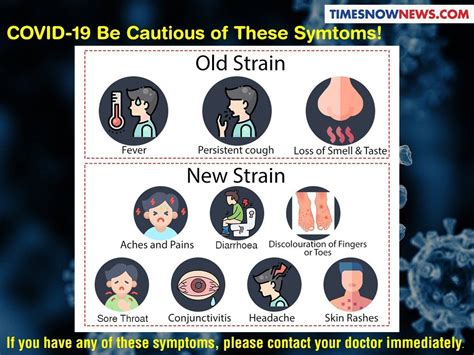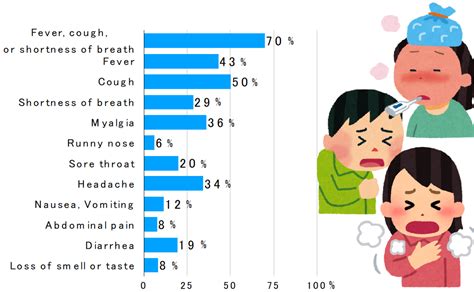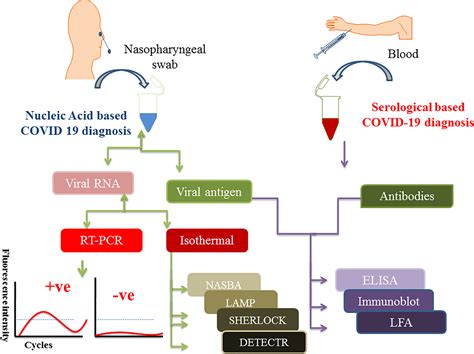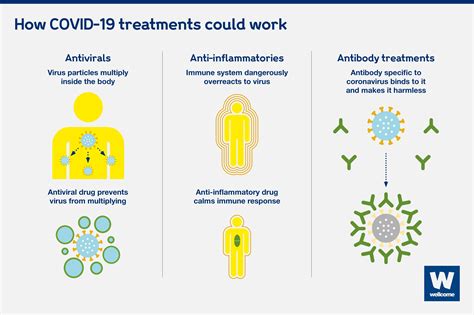Intro
Stay updated on the latest 5 Covid strain updates, including variant tracking, vaccine efficacy, and pandemic trends, to navigate the evolving Covid landscape with informed insights on transmission, symptoms, and global health responses.
The COVID-19 pandemic has been an unprecedented global health crisis, affecting millions of people worldwide. Since its emergence, the virus has undergone numerous mutations, resulting in various strains with distinct characteristics. Staying informed about the latest COVID-19 strain updates is crucial for individuals, communities, and healthcare systems to respond effectively to the evolving pandemic landscape. As the virus continues to spread and mutate, it is essential to understand the implications of these changes on public health, vaccine development, and treatment strategies. The ongoing pandemic has highlighted the need for continuous monitoring, research, and collaboration to combat the virus and mitigate its impact on global health.
The rapid spread of COVID-19 has been fueled by its high transmissibility and the emergence of new strains with increased contagiousness. The initial strain of the virus, known as the wild-type or ancestral strain, has given rise to several variants with distinct genetic mutations. These mutations have led to changes in the virus's behavior, including its transmission efficiency, severity of disease, and ability to evade the immune system. As a result, healthcare systems and governments worldwide have had to adapt their strategies to address the evolving pandemic, including the development of new vaccines, treatments, and public health measures.
The COVID-19 pandemic has also underscored the importance of global cooperation and information sharing in responding to public health crises. The rapid dissemination of information about new strains, their characteristics, and their potential impact has enabled healthcare professionals, researchers, and policymakers to develop targeted responses to the pandemic. Furthermore, the sharing of data and expertise has facilitated the development of effective vaccines, treatments, and diagnostic tools, which have been critical in mitigating the pandemic's impact. As the pandemic continues to evolve, it is essential to maintain a high level of vigilance, cooperation, and innovation to stay ahead of the virus and protect global health.
Understanding COVID-19 Strains

Classification of COVID-19 Strains
The classification of COVID-19 strains is based on their genetic characteristics, including the presence of specific mutations, deletions, or insertions in the viral genome. The World Health Organization (WHO) and other global health authorities have established a system for naming and categorizing COVID-19 strains, which includes: * Alpha (B.1.1.7): Initially detected in the United Kingdom, this strain is characterized by a mutation in the spike protein, which enhances its transmissibility. * Beta (B.1.351): First identified in South Africa, this strain has several mutations that affect its ability to bind to human cells and evade the immune system. * Gamma (P.1): Detected in Brazil, this strain has a unique combination of mutations that may increase its transmissibility and severity. * Delta (B.1.617.2): Initially identified in India, this strain has become a dominant variant worldwide, characterized by its high transmissibility and ability to evade immune responses.Impact of COVID-19 Strains on Public Health

Strategies for Mitigating the Impact of COVID-19 Strains
To mitigate the impact of COVID-19 strains, healthcare systems and governments can implement several strategies, including: * Enhanced surveillance: Continuous monitoring of the pandemic, including the detection of new strains and their spread, is essential for responding effectively to the evolving pandemic landscape. * Vaccine development: The development of new vaccines or updates to existing vaccines can help address the emergence of new strains and protect against severe disease. * Public health measures: Implementing and enforcing public health measures, such as mask-wearing, social distancing, and travel restrictions, can help reduce the spread of the virus. * Global cooperation: Collaboration and information sharing among countries, healthcare systems, and researchers are critical for developing effective responses to the pandemic and addressing the emergence of new strains.Clinical Manifestations of COVID-19 Strains

Severe Cases of COVID-19
Severe cases of COVID-19 can occur, particularly in individuals with underlying health conditions, such as: * Older adults * Young children * People with chronic diseases, such as diabetes, heart disease, or lung disease * People with weakened immune systems, such as those with HIV/AIDS or undergoing chemotherapy Severe cases of COVID-19 can lead to: * Pneumonia * Acute respiratory distress syndrome (ARDS) * Septic shock * Multi-organ failure * DeathDiagnostic Approaches for COVID-19 Strains

Challenges in Diagnosing COVID-19 Strains
Diagnosing COVID-19 strains can be challenging due to: * Limited availability of diagnostic tests * Variability in test sensitivity and specificity * Emergence of new strains that may not be detectable by existing tests * Co-infections with other respiratory virusesTreatment Options for COVID-19 Strains

Emerging Treatments for COVID-19 Strains
Emerging treatments for COVID-19 strains include: * Convalescent plasma therapy: Using plasma from recovered individuals to provide antibodies against the virus. * Gene therapies: Developing gene therapies to modify the immune response and prevent severe disease. * Nanobody therapies: Using nanobodies, small antibody fragments, to neutralize the virus and prevent infection.What are the most common COVID-19 strains?
+The most common COVID-19 strains include the Alpha, Beta, Gamma, and Delta variants. These strains have been detected worldwide and have been associated with increased transmissibility and severity of disease.
How can I protect myself from COVID-19 strains?
+To protect yourself from COVID-19 strains, it is essential to follow public health measures, such as wearing a mask, practicing social distancing, and getting vaccinated. Additionally, staying informed about the latest COVID-19 strain updates and following local health guidelines can help reduce the risk of infection.
What are the symptoms of COVID-19 strains?
+The symptoms of COVID-19 strains can vary, but common symptoms include fever, cough, shortness of breath, fatigue, headache, sore throat, runny nose, body aches, diarrhea, nausea, and vomiting. Severe cases can lead to pneumonia, acute respiratory distress syndrome (ARDS), septic shock, multi-organ failure, and death.
As the COVID-19 pandemic continues to evolve, it is essential to stay informed about the latest strain updates and their implications for public health. By understanding the different COVID-19 strains, their characteristics, and their impact on global health, we can develop effective strategies to mitigate the pandemic's impact and protect against severe disease. We encourage readers to share this article with others, comment on their experiences with COVID-19, and take action to protect themselves and their communities from the pandemic. Together, we can work towards a future where COVID-19 is no longer a significant threat to global health.
